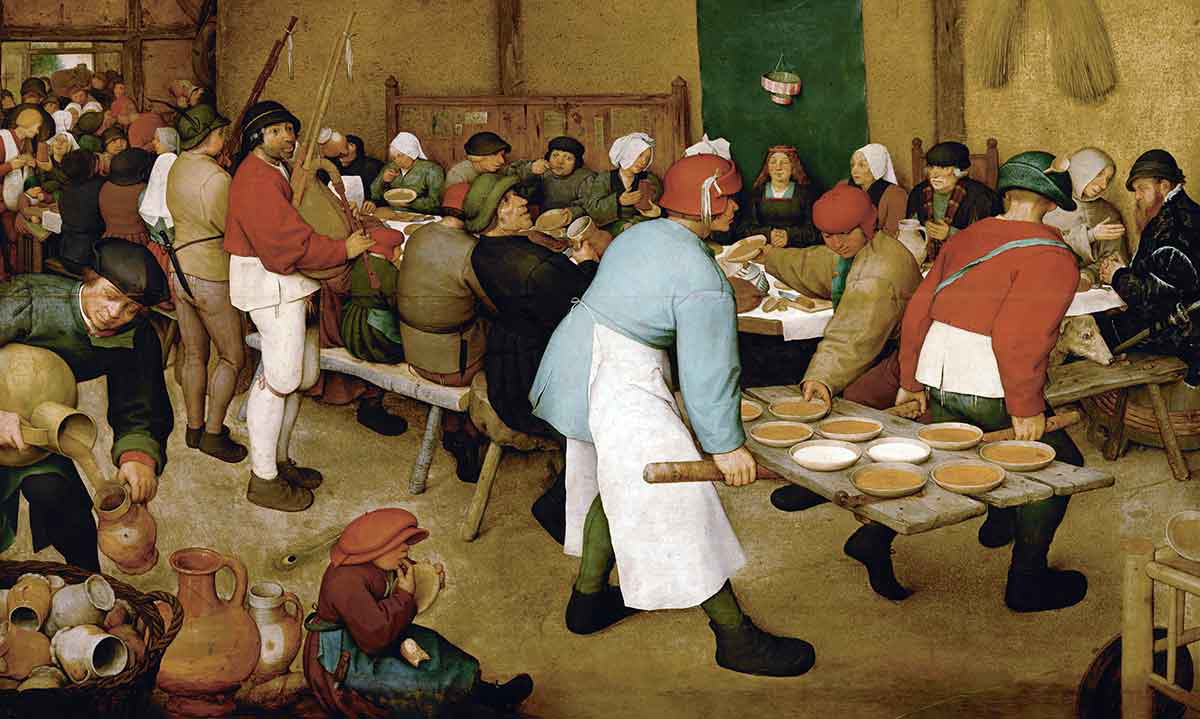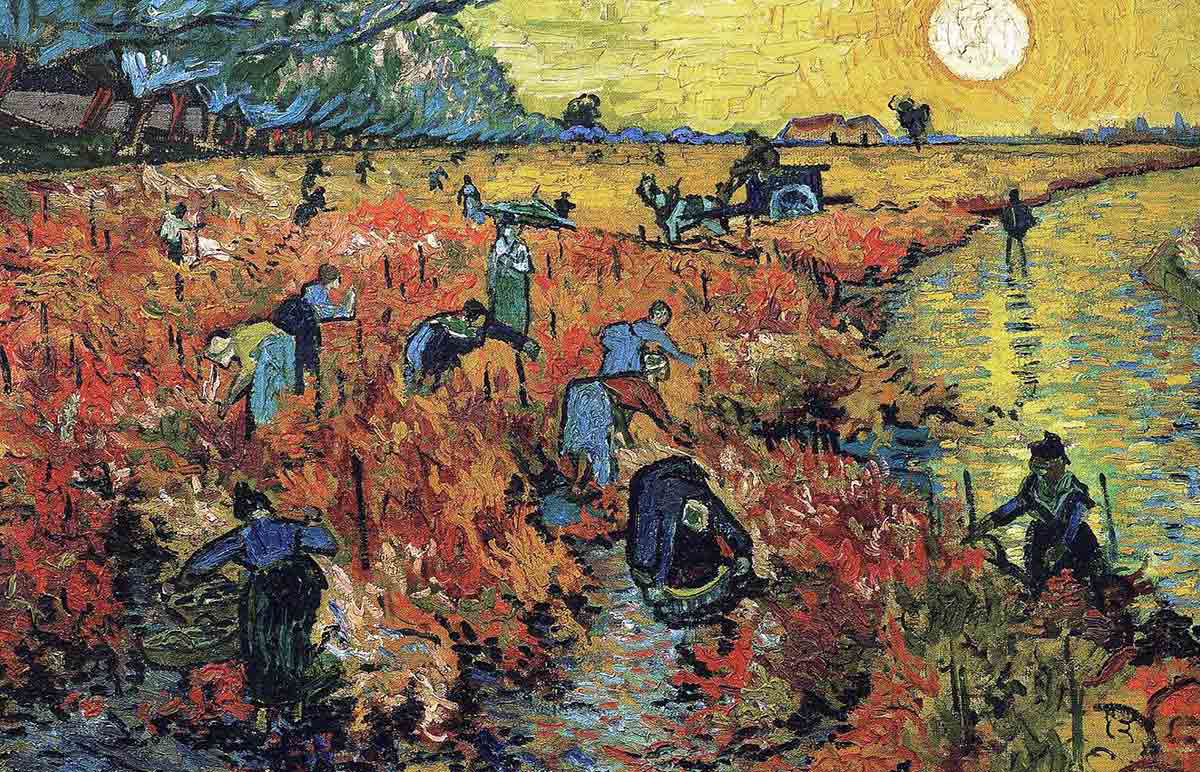Picture a force compelling every living creature to endure, prosper, and triumph over adversity—a sort of life force. This is conatus, the core idea behind Baruch Spinoza’s philosophy of existence. It’s more than just survival instinct writ large. Instead, everything from human beings to animals to objects has its very essence defined by conatus. But what does it really mean to strive for existence? And how does this notion affect our understanding of topics such as freedom, ethics—and even what it is to be alive? Let’s investigate further.
The Definition of Conatus in Spinoza’s Philosophy

In Spinoza’s philosophy, conatus—meaning “effort,” “endeavor,” or “striving” in Latin—is the central idea for understanding what things really are. In his major work, Ethics, Spinoza says conatus is the drive present in each thing that leads it to continue existing.
This does not refer only to survival but also to realizing one’s own nature. According to Spinoza, a stone has a conatus to stay a stone. A plant has a conatus to grow, take in sunlight, and so on.
Living beings are not unique in having this drive. Humans, animals, and objects have it, too. For humans, examples might include striving after health, knowledge, happiness, or artistic creation. Animals exhibit their conatus through behaviors such as reproduction, hunting, protecting their young, and even risking their own lives.
In simple terms, conatus is the force that drives everything to exist as itself and continue being that thing. It’s so fundamental to our understanding of existence that it blurs the line between living and non-living things—they’re all just different ways this drive shows up.
Conatus and the Essence of Being

Conatus is the core of what something is. Spinoza says that any entity—whether human, animal, or plant—has as its essence this fundamental push to continue existing and to express itself. Think of a flower in harsh desert conditions that manages to bloom. Its conatus isn’t just about survival but flourishing as the best version of itself.
This applies directly to our own lives, too. Our conatus isn’t simply about breathing or staying alive. It also encompasses wanting to be happy, learn, and grow emotionally and spiritually. In short, we flourish because that’s who we are.
For instance, an artist doesn’t just have a conatus (or drive) for existence alone but also one for creating since their artistry is part of their being.
Spinoza takes this concept and applies it universally: everything that exists has a drive to maintain itself. The idea behind this is startling—just by existing, things are pushing back against not existing.
This pushiness makes everything different from anything else (its “essence” means its most essential qualities) and gives it a purpose. It also shows that everything is connected because they all share this effort to stay around and be themselves.
Conatus and the Mind-Body Connection

Spinoza’s philosophy completely changes how we perceive the mind and body by combining them into one inseparable substance, something that goes against Descartes’ dualism.
In Spinoza’s monist perspective, both sides of an individual (their mind and body) are part of exactly the same thing. This is expressed through conatus, which can be thought of as an instinctual impulse to continue existing, where mental and physical aspects exist at once.
For example, if someone experiences fright, their heart pounds with fear (physical) while they also feel scared (mental). Both responses show conatus at work: the drive for self-preservation.
Therefore, conatus gives a reason for self-preservation. Mental wants and physical needs combine their efforts to keep living things alive. If you eat healthily (a mental choice), there are also physical benefits. And when your body is fit, it can make your mind feel good, too—like having more energy or coping with things.
Spinoza’s idea of conatus breaks down the barriers between mind and body because it suggests that having strength in our minds can help us physically as well, and vice versa. If our bodies feel well, it can be good for our mental health.
This holistic approach helps us better understand human behavior, too. To thrive, we need to look after our bodies and minds because they are two sides of the same coin. They both want us to do well and be happy.
Conatus as the Foundation of Desire and Emotions

In Spinoza’s philosophy, conatus underlies all of our human desires, emotions, and actions. According to this idea, every feeling we experience—whether it’s happiness, sorrow, love, or hatred—can be traced back to our instinctual drive for self-preservation and flourishing.
To Spinoza, our emotions don’t happen by chance. They are actually ways in which conatus shows up in our lives. If something increases the power with which we exist, then we feel joy. If something decreases it? Hello, sadness!
Think about how you might feel when you’ve accomplished something you’ve been working towards for ages: exhilarated. In terms of conatus, though (according to Spinoza), this delight simply means that your innermost drive for survival and growth acknowledges a job well done.
Spinoza argues that emotions are closely connected to conatus because they incite us to behave in ways that accord with our self-preservation and flourishing.
Love, for instance, wells up when we judge something conducive to our well-being, while anger arises when something threatens our existence or values. This perspective yields a deep understanding of human behavior and psychology. At root—so Spinoza contends—we always act from this primal impulse.
Recognizing conatus enables us to see our emotional responses not as frailties but as integral expressions of who we are—steering us toward what fosters our growth and steering us clear of what diminishes it. It provides a potent lens through which we can examine our inner lives.
Conatus and Human Freedom

In Spinoza’s philosophy, the concept of conatus is highly relevant to freedom. It redefines freedom from simply meaning lack of constraint to having self-direction and knowledge.
Spinoza argues that we are only genuinely free if our actions arise from rational understanding and inner essence—not external pressures or unchecked emotions. This is where conatus comes into play. It drives us not just to survive but to flourish in accordance with our true selves.
Spinoza distinguishes between passive emotions—those we experience when swayed by external factors—and active emotions, which derive from our rational comprehension.
For instance, passive emotions such as jealousy—which weaken us—may arise when we compare ourselves to others. In contrast, active emotions such as thankfulness for what we have brought us joy and strength.
As we develop this kind of activity, we grow closer to our conatus. Instead of just responding to events, we make choices based on reason and understanding.
Expanding freedom in this way means increasing both self-knowledge and awareness so that one does not simply react but acts from one’s core being.
This shift in perspective transforms how we live. Rather than feeling buffeted by circumstance, we become co-creators who can shape life and find deeper fulfillment.
The Ethical Implications of Conatus

Furthermore, in Spinoza’s ethical system, living a virtuous life is based on conatus. Virtue isn’t following external morals. It’s aligning actions with your true self—conatus.
Understanding and acting in line with this means we naturally strive for what’s genuinely good for us. This leads to a life that’s both satisfying and ethical.
According to Spinoza, there is an intrinsic connection between virtue and happiness. For example, if someone’s conatus causes them to desire knowledge, then seeking after understanding is both fulfilling and virtuous because it increases their power of existence.
On the other hand, going against your conatus, such as striving after material wealth at the expense of health, creates internal strife and reduces well-being, which Spinoza would consider unethical.
If we want to live ethically based on Spinoza, we need to know ourselves well and spend time developing what truly fulfills and nourishes us. We should pay attention to which desires and activities suit our deeper nature—and steer clear of those that make us weaker or drag us off course.
By acting in accordance with our conatus, we can reach a point where we’re both satisfied and good. Our actions will match up with who we really are (or at least reflect it).
So, What Is Spinoza’s Conatus?

Spinoza’s conatus is a fundamental concept in his philosophy that describes the inherent drive within everything to persist and flourish. It can be thought of as the internal push that compels each person, animal, or even object to be the best version of itself.
According to Spinoza, conatus is not solely concerned with survival; it also encompasses self-expression. For instance, an individual might seek out learning opportunities or artistic outlets because these activities resonate with their innermost nature.
This striving likewise shapes our emotions, wants, and behaviors. Whether something brings us joy or sadness depends on how well these experiences support our conatus.
By comprehending and aligning ourselves with this motivational core, we can achieve greater freedom and live more virtuously. In short, conatus is about being true to oneself and actively seeking out whatever genuinely improves one’s existence.

